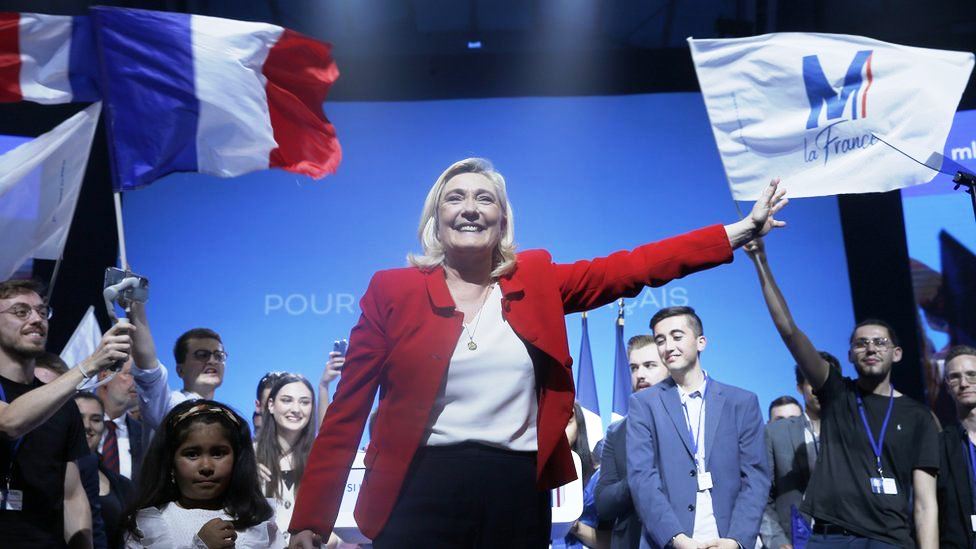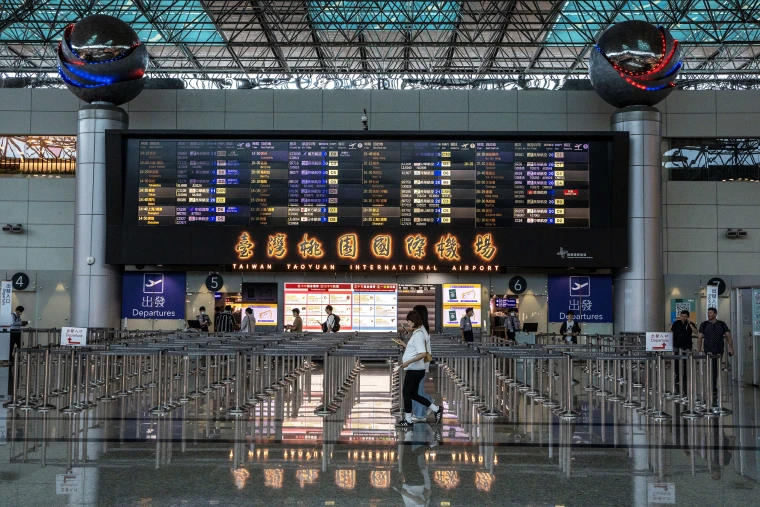
The Maritime Self-Defense Force destroyer Kurama (left) carrying Prime Minister Shinzo Abe leads other vessels and helicopters during a fleet review in Sagami Bay off Yokosuka
.
.
YOKOSUKA – Japan’s Prime Minister Shinzo Abe on Sunday became the first sitting Japanese leader to set foot on a U.S. aircraft carrier when he boarded the USS Ronald Reagan, which arrived at its new home port at Yokosuka Naval Base in Kanagawa Prefecture earlier this month.
The move a symbolic visit after the passage of widely criticized security legislation in September is apparently aimed at showing off the bilateral military alliance.
The laws will for the first time since World War II allow the Self-Defense Forces to come to the aid of allies under armed attack, giving Japan a freer hand in the defense arena.
.
Earlier, Abe attended a Maritime Self-Defense Force fleet review in Sagami Bay and called the U.S. flattop “a tomodachi (friend) who rushed to the rescue at the time of the Great East Japan Earthquake. I give it a hearty welcome.”
The 333-meter-long USS Ronald Reagan, which arrived Oct. 1 to replace the USS George Washington, which left in May, took part in Operation Tomodachi, the relief mission led by the U.S. after the March 2011 earthquake and tsunami, which wrecked much of the Pacific coast of Tohoku.

Prime Minister Shinzo Abe on Sunday became the first sitting Japanese leader to set foot on a U.S. aircraft carrier when he boarded the USS Ronald Reagan
.
“By highly hoisting the flag of ‘proactive pacifism,’ I’m determined to contribute more than ever to world peace and prosperity,” Abe said, while urging Japanese troops to “further fulfill” their duties “in order to hand over to children a warless and peaceful Japan.”
During the naval review, an armada of carriers, cruisers, destroyers and submarines gathered in a display of naval power that showcased Tokyo’s latest hardware and signaled wider engagement with the U.S. Navy in the western Pacific.
Abe is pursuing a doctrine of collective self-defense with allies meant to give his nation a bigger role in regional security in order to counterbalance the military power of an increasingly assertive China.
.
Joining the Maritime Self-Defense Forces were vessels from India, South Korea, Australia, France and the U.S. Altogether, 50 vessels and 61 aircraft joined the display, held every three years.
The centerpiece of Japan’s naval lineup was the Izumo helicopter carrier, Japan’s biggest warship since World War II. The 248-meter-long flattop, commissioned in May, is a highly visible example of how Japan is expanding its military capability to operate overseas.
The MSDF designates it as a destroyer keeping it within the bounds of a pacifist Constitution that forbids Japan from possessing the means to wage war, such as through force-projecting aircraft carriers.
In a signal the MSDF’s growing role in Asia will be accompanied by the U.S. fleet’s wider engagement in the region, the U.S. Navy sent Vice Adm. Nora Tyson, commander of the powerful Eastern Pacific Third Fleet, to join Abe on his ship.
Her appearance followed the U.S. scrapping of an administrative boundary along the international date line in the Pacific that demarcates the operating areas for the Seventh and Third fleets.




















